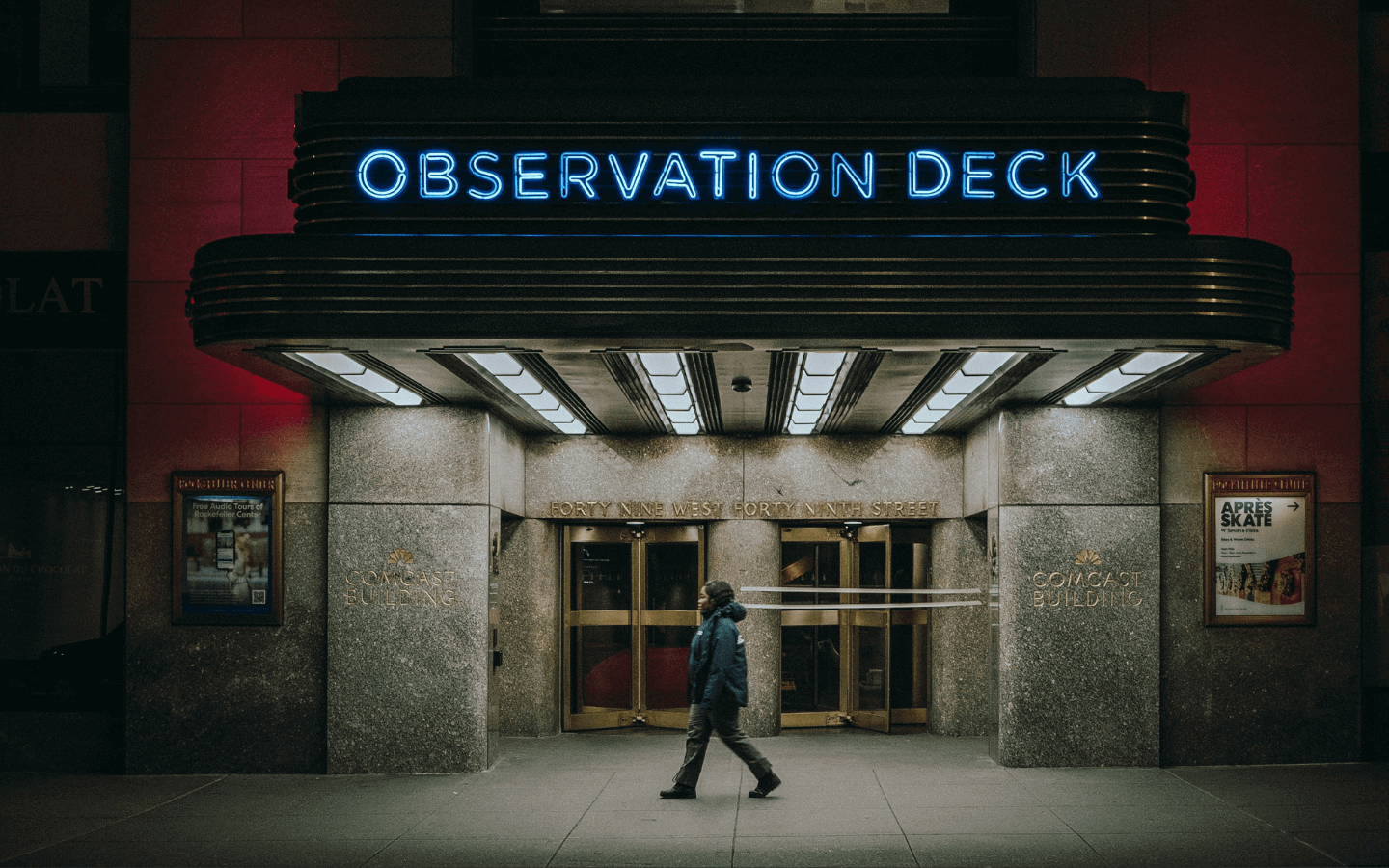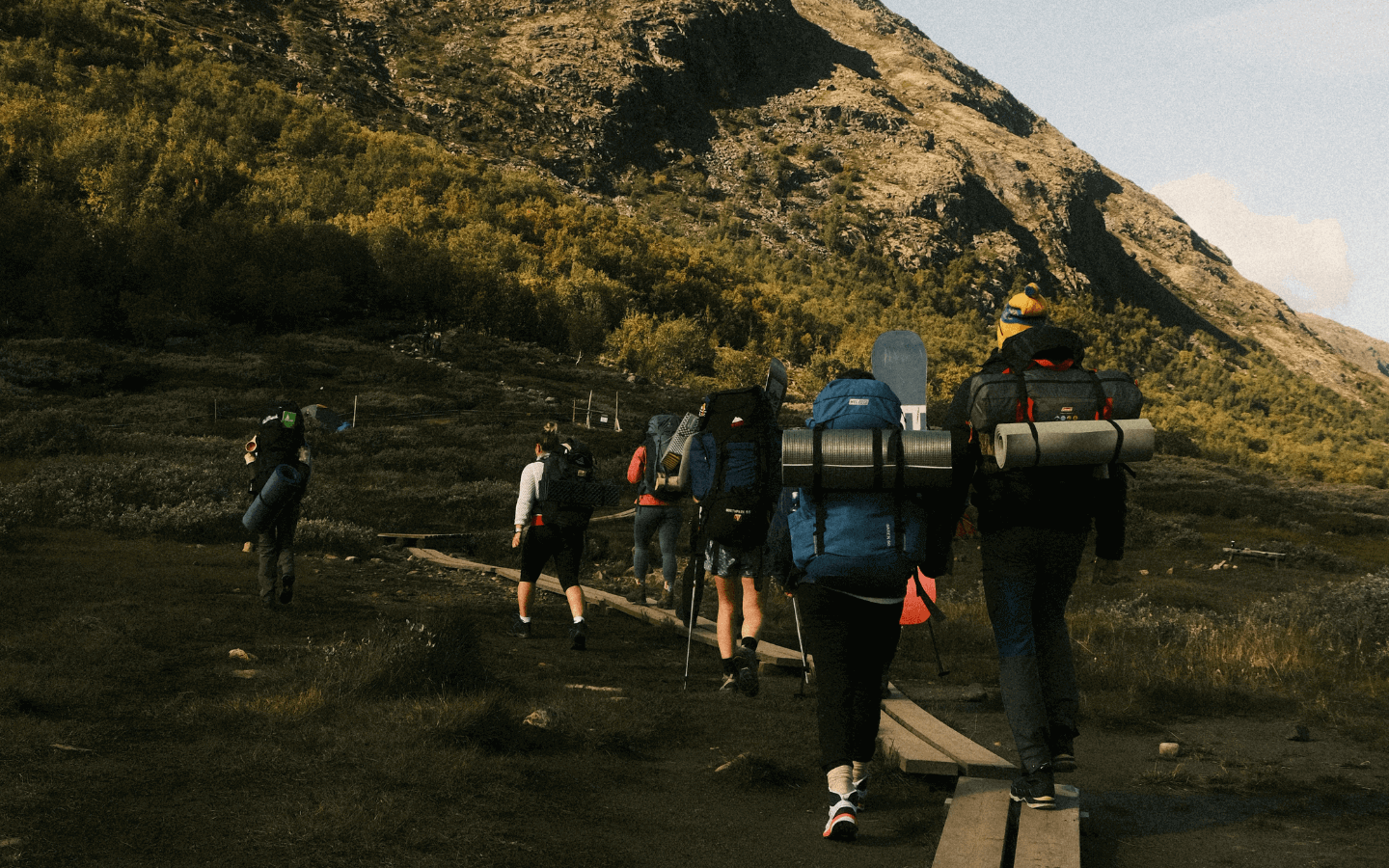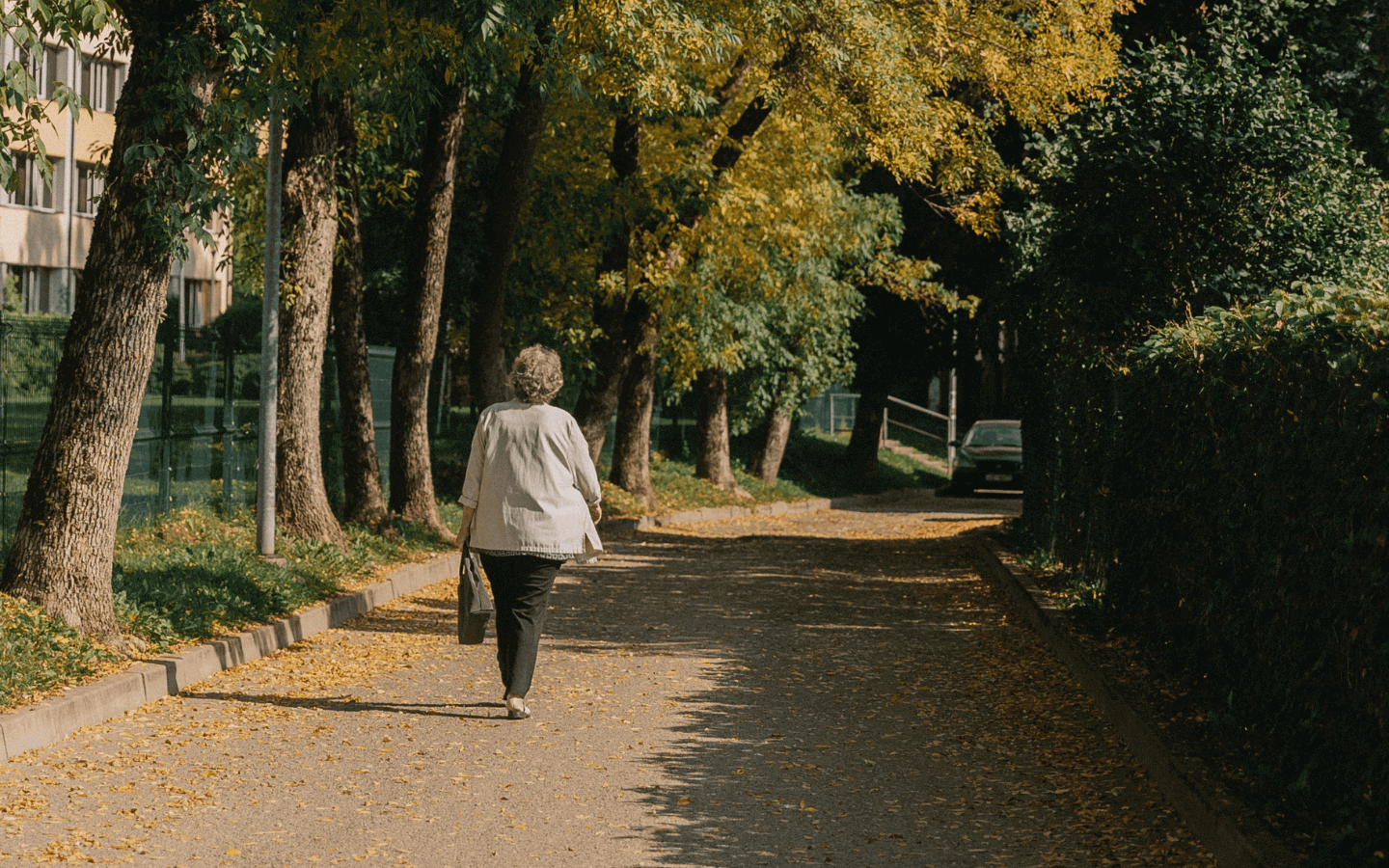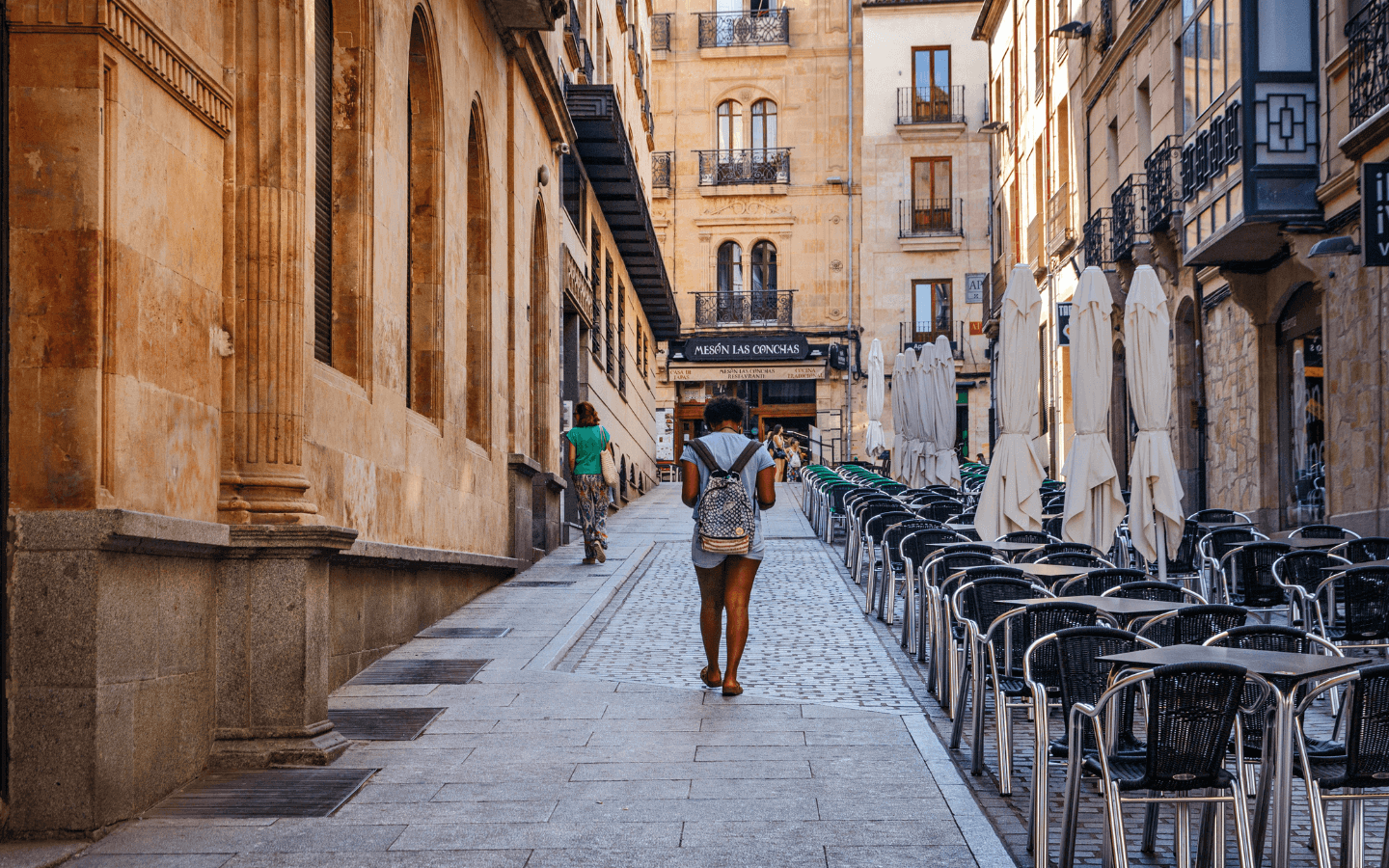In Step with Time: The Eternal Bond of Walking in Human History
Walking Through Time: A Primitive Journey and Modern Connection
In the long river of human history, walking is the most primitive and natural means of transportation. Whether it’s chasing prey, embarking on journeys to find new habitats, or exploring the unknown world, walking has been intertwined with the development of human civilization. From ancient long-distance journeys to modern-day exercise for health, walking has played a crucial role. It’s not only a fundamental survival need but also a way for spiritual wandering and intellectual fusion. Walking serves as a link, connecting us to history, nature, and the intrinsic essence of ourselves.
Walking: A Timeless Connection to Nature and Civilization
Walking is the oldest and most natural form of human movement, spanning every page of the history of civilization. From ancient times when transportation was not widespread to today’s modern society, walking is omnipresent. It knows no age, gender, or social status—it is the bond that connects us to the world. In this fast-paced world, walking has become our only moment to truly connect with nature. It’s not just about movement; walking is a genuine reflection of life.
Walking: A Spiritual Pilgrimage through Ancient Times
Sacred Strides: Walking as a Spiritual Journey in Ancient Times
In ancient times, walking bore the steps of devout faith. People bathed in the faint morning light, embarking on a pilgrimage. Every step was a devout prayer, and each step was a baptism of the soul. Walking was not just a physical movement but a spiritual elevation. In the walking of ancient religious rituals, the power of faith was carried, connecting humanity to the divine. Walking became a symbol of faith, as people’s heartfelt prayers were offered to the deities of faith with each step they took.
Market Strolls: A Glimpse into Ancient Walk Culture and Urban Evolution
In ancient times, bustling markets were pivotal in the culture of walking. Amidst the hustle and bustle of markets, people strolled, showcasing a distinctive cultural ambiance. Vendors vocally advertised their wares, and a variety of goods were on display, making walking the means through which people perceived the world and engaged in trade. Smiles, conversations, and bargaining characterized the interactions during these walks, making it more than just transactions but a blend of culture and friendship. This social experience initiated by walking has persisted and evolved, becoming an indispensable part of urban life.
Cultural Significance and Rituals Across Ancient Civilizations
In ancient times, walking was not merely a means of transportation; it encapsulated profound cultural significance. Many civilizations used walking to display specific etiquettes and rituals. The ceremonial walks of ancient Egypt, offering sacrifices to the gods, manifested devotion and faith. Japan’s ceremonial walks, known as “Gyoko,” symbolized imperial authority and unity. In these cultures, walking conveyed not only physical movement but also the enduring power of culture, faith, and unity, serving as a testament to history.
Ancient Walking: A Historical Bridge Uniting Civilizations
The Cultural Significance of Ancient Walking: Bridging Civilizations and Cultures
In ancient times, walking was the primary mode of transportation, connecting cities and villages, trade, and civilization. Ancient civilizations such as Ancient Greece, Rome, China, and India had well-developed walking cultures. The stone roads of ancient Rome and the Silk Road in China, all served as links between different civilizations, emphasizing walking as a vital bond. Walking was not just a means of transport; it was a bridge for cultural exchanges, bearing witness to the prosperity and fusion of ancient civilizations.
Reclaiming the Essence: The Timeless Value of Walking in Human Mobility
In the history of humanity, walking stands as one of the oldest and most primal modes of transportation. However, as time has progressed, revolutionary shifts in transportation have gradually altered the way people travel. From horse-drawn carriages to steam engines, and then to cars, subways, and airplanes, the evolution of transportation has become more convenient and efficient. These transformations have granted people more choices but have also caused walking to lose its traditional status as a means of transportation. Nevertheless, walking, as an eco-friendly, healthy, and cost-effective mode of transport, still holds irreplaceable value. It is the way we merge with our environment, experience the world, and cherish the precious connection between nature and humanity.
Walking as an Artistic Muse: A Brush and Pen Symphony
Dancing Lines: The Artistic Rhythms of Walking Captured in Paintings
Walking comes to life on the canvas of art, becoming a source of inspiration for painters. In oil paintings, the depiction of walking often portrays a lively rhythm and graceful dynamics, with artists using various lines to outline elegant strides. In art, walking is not just a form of exercise; it’s an expression of life and culture, capturing the unique charm of pedestrians on city streets or rural pathways, showcasing the richness of life. These artworks resemble vivid dances, making us eager to immerse ourselves in the scenes and share the sense of freedom and joy with the walkers.
Walking in Literature: A Soulful Journey of Words
Walking in literature is an expression of emotions, the beginning of an inner journey. The strokes intertwine, words dance, and steps are steady. Strolling in the rain, wandering on sunlit paths, or meandering through city streets at night, walking becomes the rhythm of words. The depiction of walking seems to narrate the protagonist’s inner exploration, whether it’s wandering or bravely moving forward, each step carries the story’s starting point and opportunity. Walking is the wellspring of literary inspiration, in the past and present, forever the soulful journey of words.
Soul-Enriching Journeys: Zen Temple Trail, Camino de Santiago, and Ancient Streets of China
The Zen Temple Trail: A Serene Journey to Inner Peace in Japan
“The Zen Temple Trail” in Japan takes you on a magical journey of the soul. Wandering along ancient tree-lined paths, where trees hang low, seemingly conveying centuries of Zen wisdom. Stone steps wind upwards, ancient temples nestled amidst the forest, amidst a tapestry of flowers, calming to the core. Here, you can immerse yourself in the depth of Japanese culture, contemplate Zen wisdom, and relax in the morning breeze. This trail is not just a place for experiencing Zen meditation; it’s a path leading to inner peace.
The Camino de Santiago: A Sacred Journey of Faith and Enlightenment
The “Camino de Santiago” in Spain, also known as the “Way of St. James,” is a world-famous pilgrimage journey. Steeped in ancient knightly legends and Christian history, this ancient path winds through Spain, leading to the grand Cathedral of Santiago de Compostela in Galicia. Pilgrims wander through picturesque valleys and along rivers, immersing themselves in the echoes of history, sharing the journey with fellow pilgrims from around the globe. It’s not merely a physical expedition but a spiritual odyssey—a sacred journey in search of faith, introspection, and enlightenment.
Journey Through Time: Exploring the Enchanting Ancient Streets of China
The ancient streets of China resemble tunnels of time, leading us back through the river of history. The cobbled streets bear witness to dynastic changes, bustling trade, and the passage of culture. Along the ancient streets, the elusive aroma of tea and the charm of old-style architecture intertwine, creating a unique atmosphere. Crowds of tourists stroll along these historic pathways, as if able to hear whispers of ancient people and tales of times past, immersing in the depth of time and the gentleness of years. Walking on these ancient streets is more than just a journey; it’s a spiritual baptism, a dialogue with history, and a dance with ancient culture.
WalkingPad: Where Health Meets Lifestyle in Modern Times
Promoting Sustainable Urban Living: The Integral Role of Walking in Modern City Planning
In modern urban planning, walking has become a central focus of design. Wide streets, comfortable sidewalks, and beautified green belts are all intended to encourage more walking. Urban planners consider walking distances between communities, safety factors, and pedestrian convenience to create a pedestrian-friendly urban environment. The popularization of walking helps alleviate traffic congestion, improve air quality, and promote a healthy lifestyle. The concept of walking in urban planning is not only about health but also a crucial consideration for the sustainable future development of cities.
Walking: A Symphony of Health and Joy for Body and Soul
Walking, a seemingly simple act, carries a wealth of health benefits. Each step is a note of the heart’s rhythm, flowing with vitality and energy. Walking not only strengthens cardiovascular health and reduces the risk of heart disease and stroke, but it also helps in weight management, posture improvement, and muscle flexibility. As you walk, the endorphins released by the body bring a sense of joy, dispersing stress. Therefore, whether it’s a morning stroll in the sunlight or an evening wander, walking always bestows care upon both the body and soul.
Stepping Towards Sustainability: The Eco-Friendly Impact of Walking
Walking is not only beneficial to health but also a symbol of environmental friendliness. It’s a small step towards a sustainable future. Each footprint left behind is a reduction in our impact on nature. With no car emissions and no noise pollution, there’s only fresh air and a harmonious ambiance. Walking is a gentle call to Earth, a commitment to a green, sustainable lifestyle. By being an eco-friendly walker, we nurture our home with every step, making the Earth a better place, one step at a time.
WalkingPad: Seamlessly Merging Health and Lifestyle in Modern Times
The walking treadmill, such as the modern portable WalkingPad, is the perfect companion to contemporary living. In the hustle and bustle of urban life, time has become a scarce resource, and the walking treadmill bridges the gap between health and time. Anytime, anywhere, with just a small space, you can enjoy a natural, liberating walk. Walking while working is no longer a luxury. Whether it’s unlocking a new path to health or breaking free from the confines of a single exercise routine, the walking treadmill has seamlessly integrated into the daily lives of modern individuals, becoming a symbol of health in this era.
Unlocking the Power of Walking: Health, Community, and Sustainability
The Multifaceted Significance of Walking: Health, Community, and Sustainability
Walking is more than just a simple means of transportation; it’s an ancient yet modern activity that encompasses various values like health, social interaction, mental well-being, and environmental consciousness. Walking exercises the body, strengthens the heart and lungs, maintains an ideal weight, and simultaneously enhances mood and reduces stress. Moreover, it offers an opportunity to integrate with the community, nature, and urban life, promoting social relationships and cultural understanding. In urban settings, walking is also a part of sustainable transportation, reducing environmental pollution and propelling sustainable urban development. Walking is a comprehensive, multi-faceted way of life, bringing forth a diverse range of values and significance.
Walking into the Future: Smart Cities, Virtual Reality, and Health-Forward Communities
In the future, walking will emerge as a crucial aspect of urban living. Smart cities will drive walking to become a dominant mode of transportation, integrating digital pathways, smart walkways, and health monitoring. Virtual reality technology will infuse excitement into walking, immersing individuals in a digital landscape. Wearable devices and smartphones will furnish real-time health metrics and personalized recommendations for walkers. Green walkways and pedestrian-friendly communities will promote walking, fostering well-being, environmental sustainability, and social integration. Walking will unite us, forging a brighter, sustainable future.






